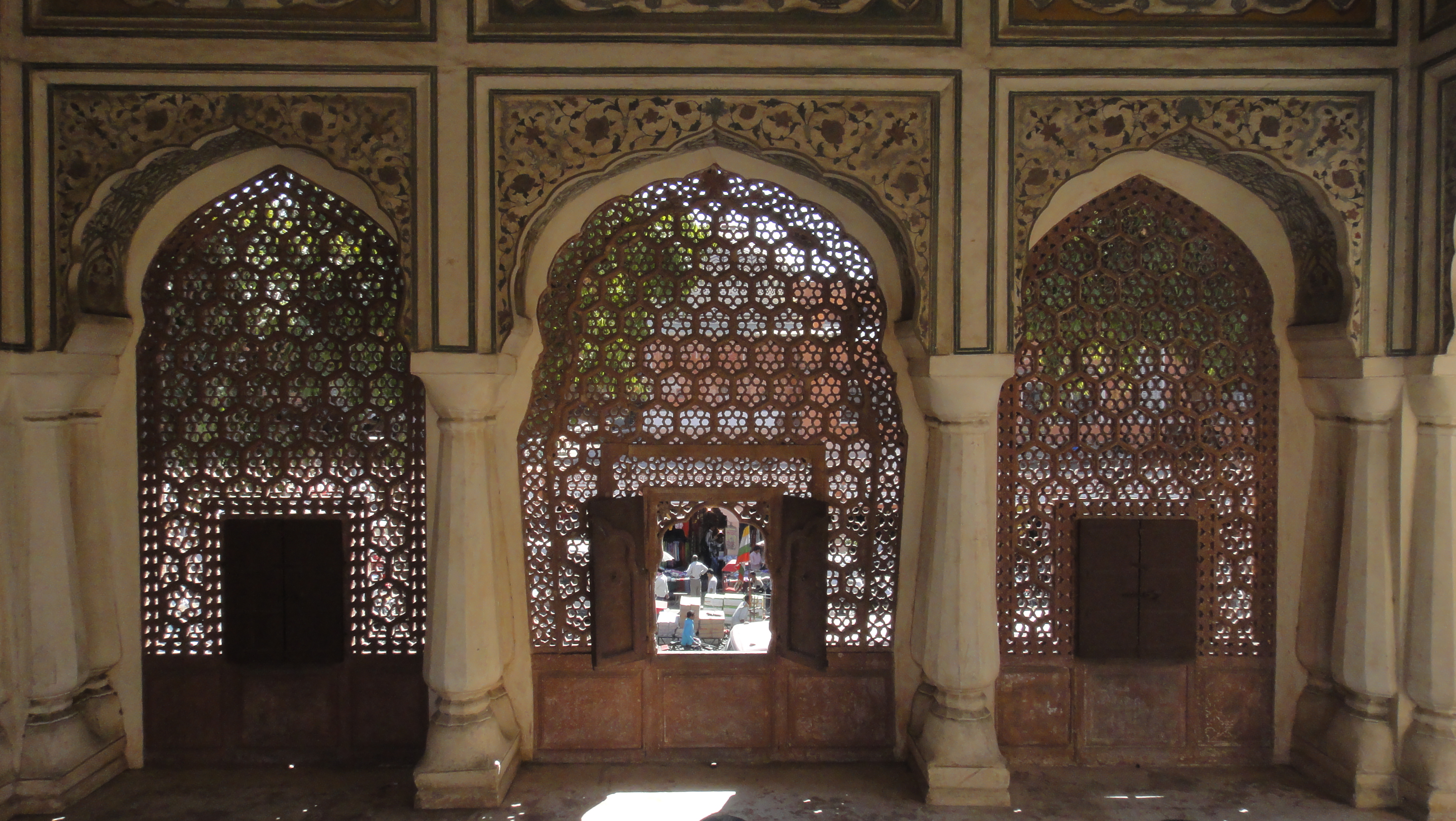"The wars of the 21st century will be fought over water."(Source: Figure) Too dramatic ? I am afraid not. More than 70% of the Earth is covered with water.1 But we all know what happened with the Ancient Mariner2 don't we.
"Water, water, every where,
Nor any drop to drink."2
Why wasn't there any drop to drink.Because of the 70% water only 2.5 % is fresh water or potable and only half of that is actually accessible to people.
1
The wars don't seem so far-fetched now do they.Why is there a water shortage suddenly ? I don't remember anybody caring a couple of decades back.
The major cause is population explosion leading to overuse.The global population is expanding by 80 million people annually, increasing the demand for freshwater by about 64 billion cubic meter every year.3 This rapid growth rate also caused the potential global availability of water to decline from 12,900 cubic meter per capita per year in 1970, to 9,000 cubic meter in 1990, to about 7,000 cubic meter in 20004, Only 20% of the global population has access to running water and over 1 billion people do not have access to clean water5.
And it gets worse.The world’s population is projected to expand to 9 billion people by 2050
6. It is estimated that 90% of the additional 3 billion people will be living in developing countries—many of which are already experiencing water stress or scarcity
3. Money can't buy happiness but it can buy water.The water crisis is badly going to the hit the poor.
Next nightmare? Food production is so wholly dependent on water that agriculture can use 75-90% of freshwater in a region. Producing one ton of grain requires 1,000 tons of water
5. Water scarcity creates food shortages,raises food prices, and increases a country's’ dependence on food imports
3. The situation has become so extreme that several of the largest cities worldwide—including Los Angeles, Cairo, and New Delhi—can only increase their water consumption by reducing agricultural water use
7.
Climate change is also to be blamed for the shortage of water. Global warming is causing the glaciers to melt and thus mixing the fresh water in the oceans. Also increased temperatures cause drying of water bodies like rivers,lakes etc. Erratic climatic conditions are causing droughts and floods.
Water pollution is reducing the quality of the already-scarce-potable water. Disposal of domestic sewage, industrial and agricultural pollutants and urban run-off is polluting the water bodies causing reduction in availability of potable water and being the reason for water borne diseases.
Global water crisis continues .....
Sources:
1.http://environment.nationalgeographic.com/environment/freshwater/freshwater-crisis/
2.The Rime of the Ancient Mariner Poem by Samuel Taylor Coleridge
3.“Water in a Changing World,” UN Water Development Report 3, (World Water Assessment Programme, 2009), Accessed June 21, 2010. http://www.unesco.org/water/wwap/wwdr/wwdr3/pdf/WWDR3_Facts_and_Figures.pdf
4.“Vital Water Graphics, An overview of the state of the world’s fresh and marine waters: 2nd Edition,” (United Nations Environment Programme: 2008), Accessed June 15, 2010. http://www.unep.org/dewa/vitalwater/article186.html
5.“Water Facts & Water Stories from Across the Globe,” (The World Water Organization, 2010) Accessed June 16, 2010. http://www.theworldwater.org/water_facts.php
6.Richard Connor, Jean-Marc Faures, Johan Kuylenstierna, “Chapter 7, Evaluation of water use,” Water in a changing world, (World Water Development Report 3, 2009), Accessed June 21, 2010. http://www.unesco.org/water/wwap/wwdr/wwdr3/pdf/18_WWDR3_ch_7.pdf
7.. Brown, Lester R., “Plan B 4.0,” Lester R. Brown, New York: Earth Policy Institute, 2009.
















